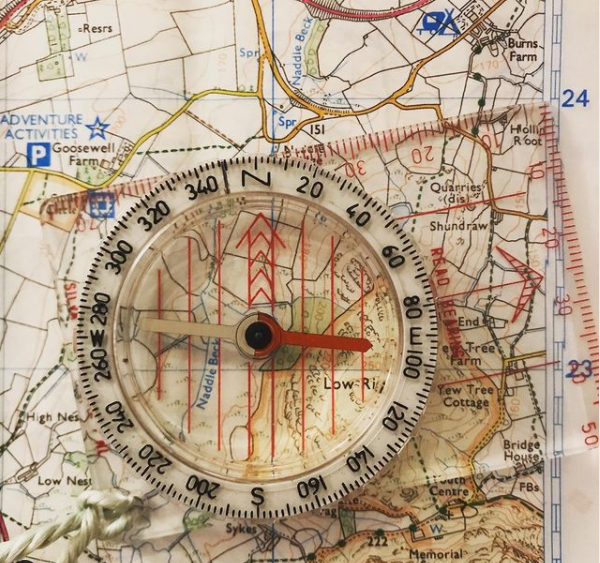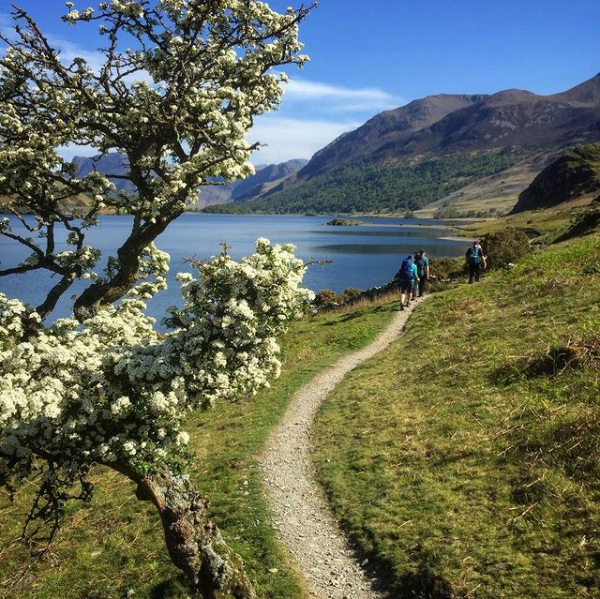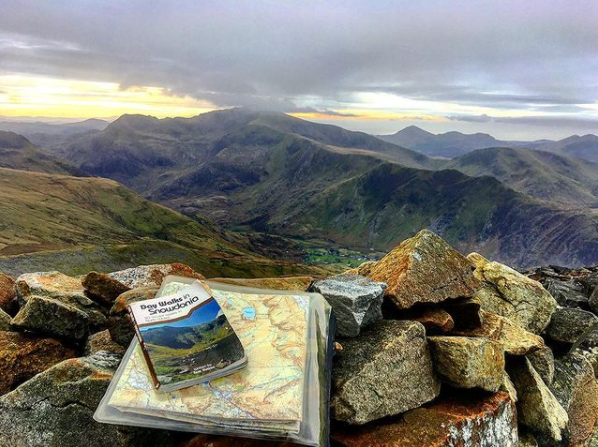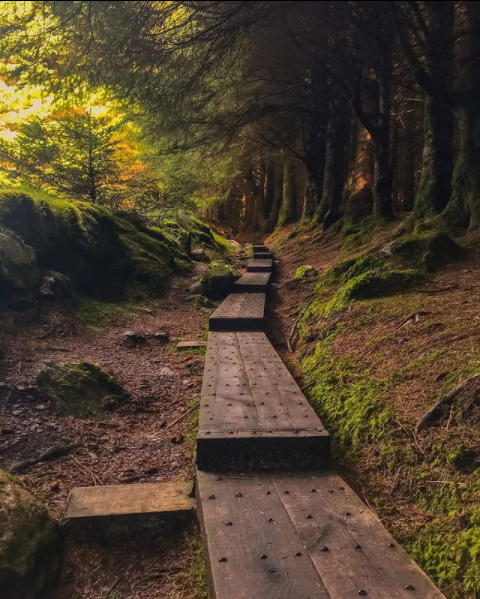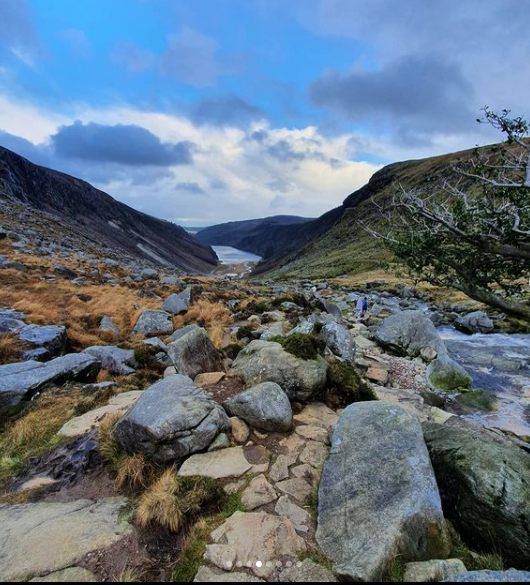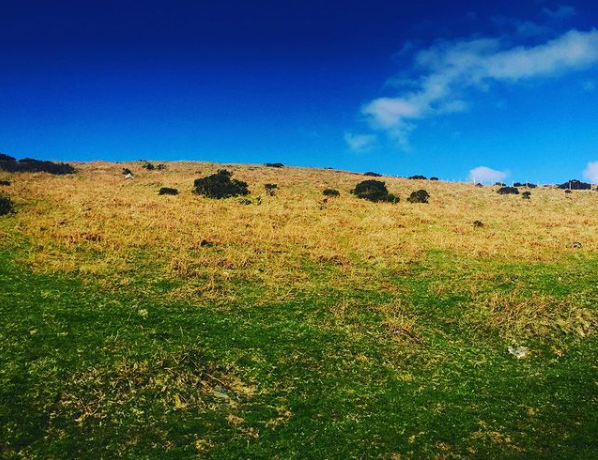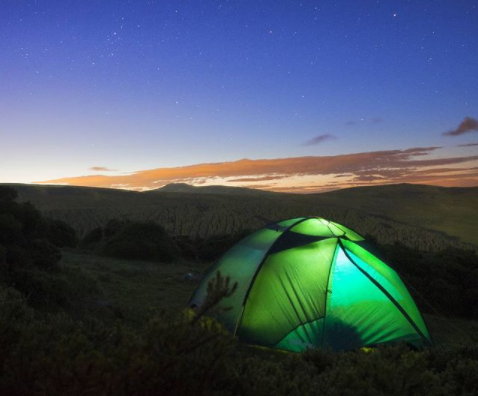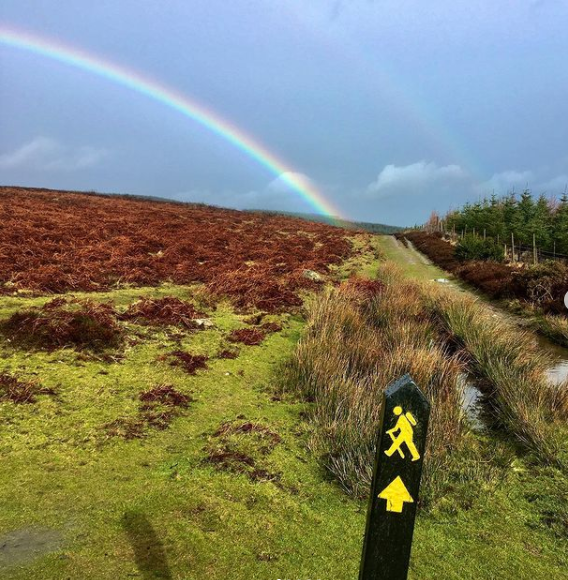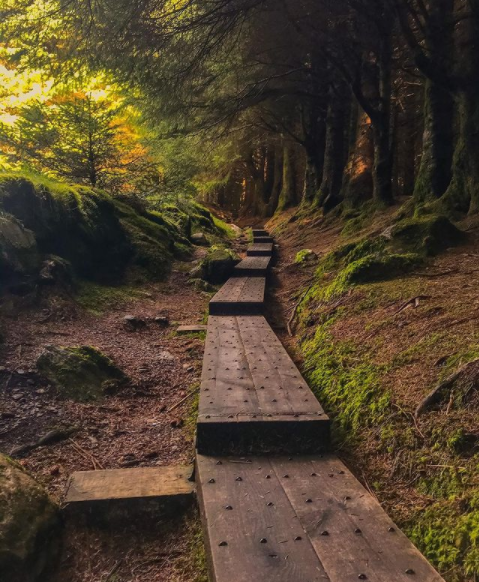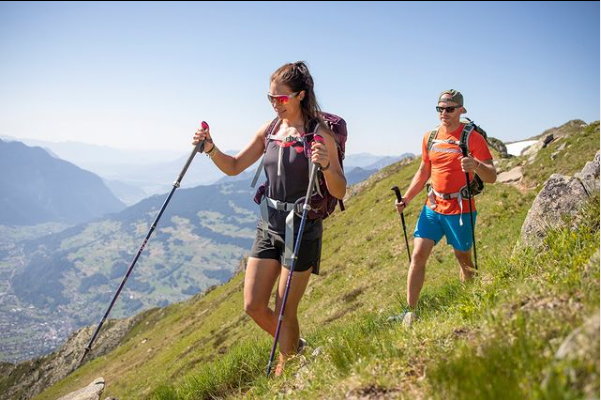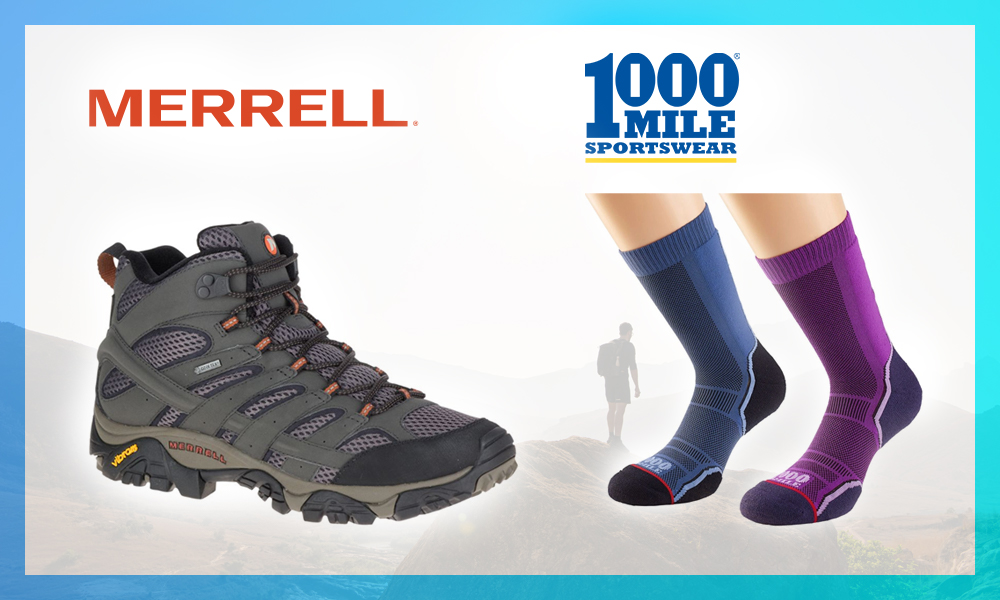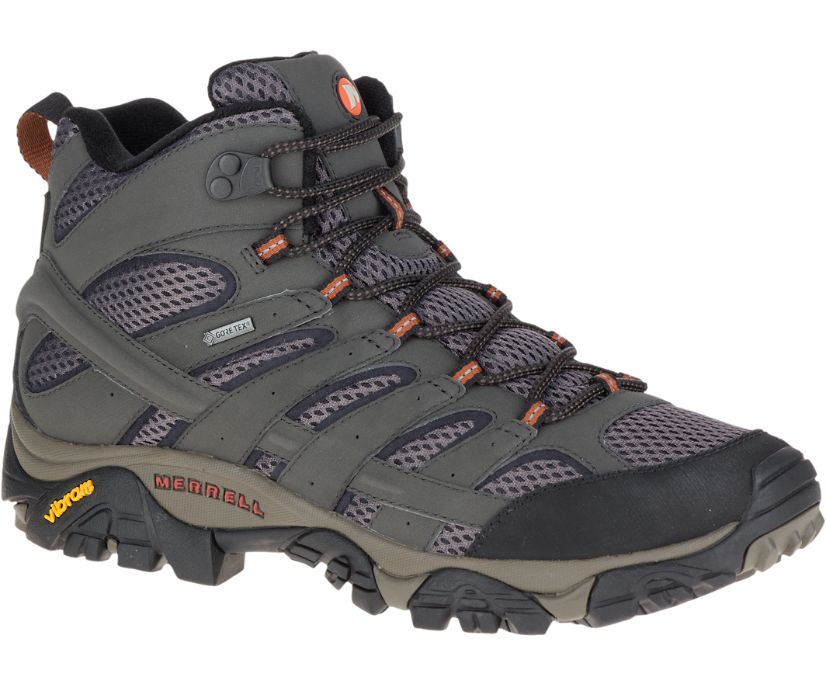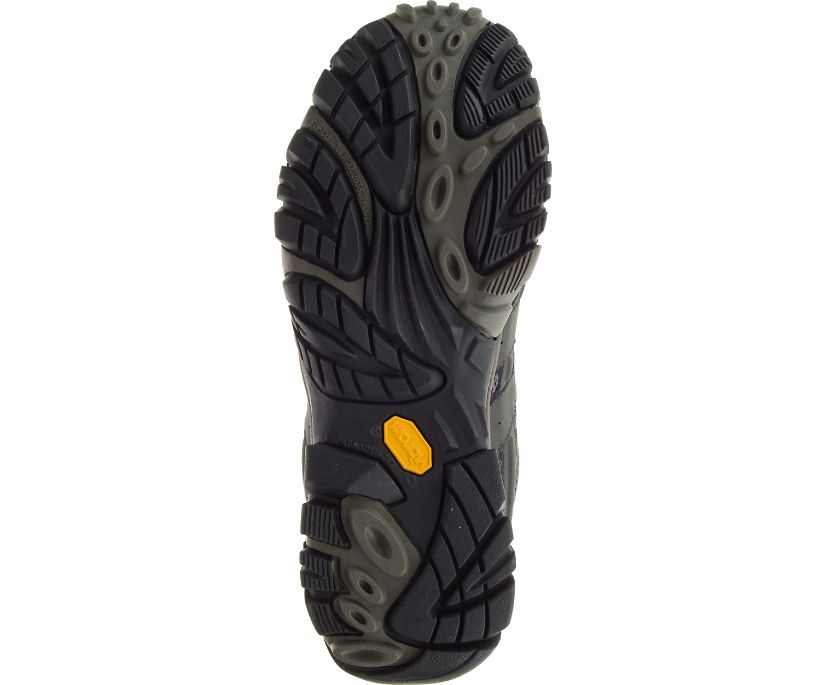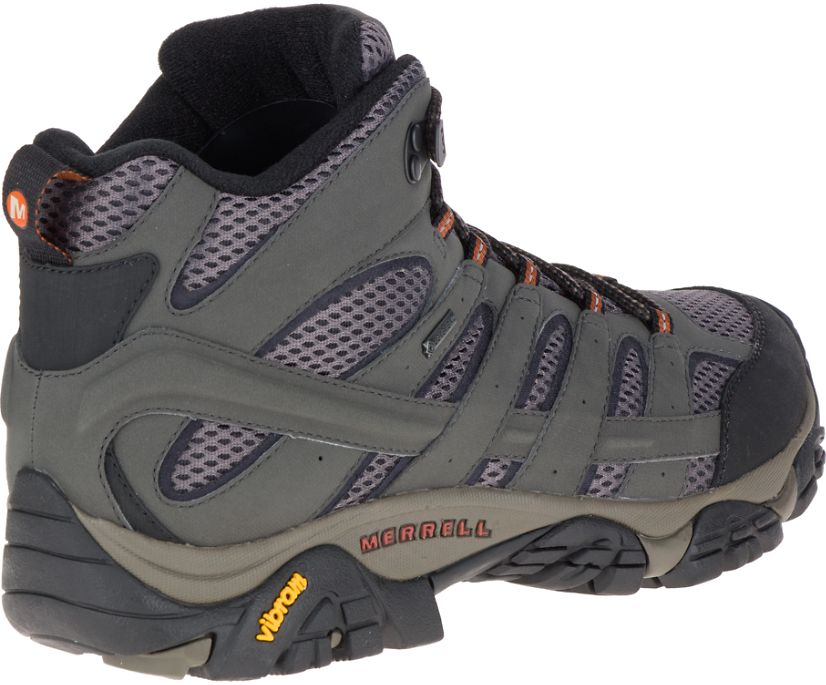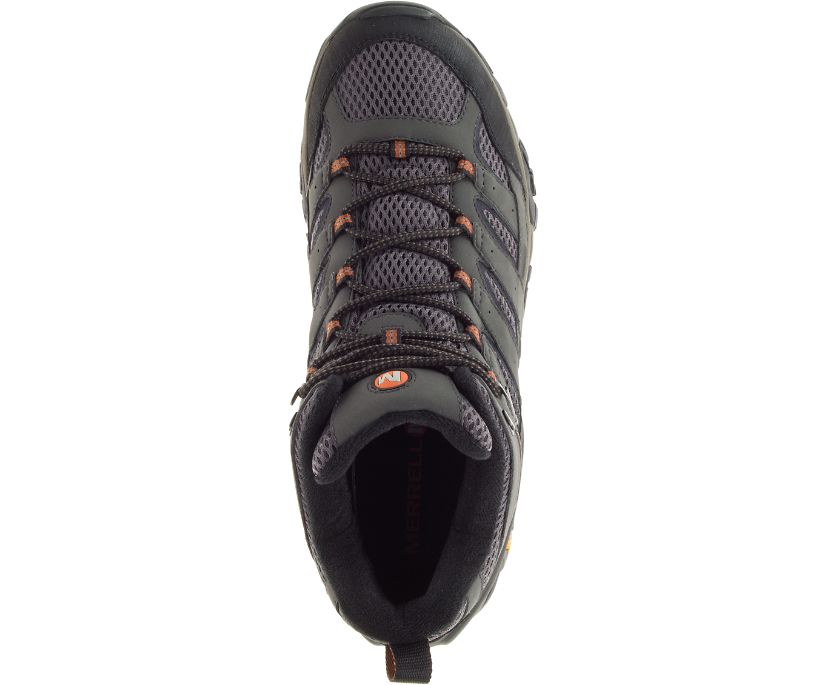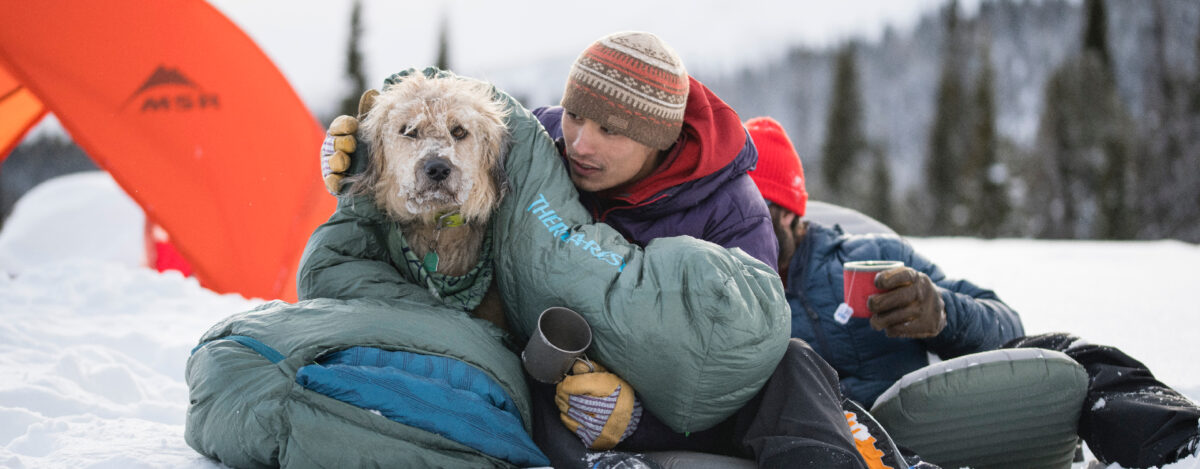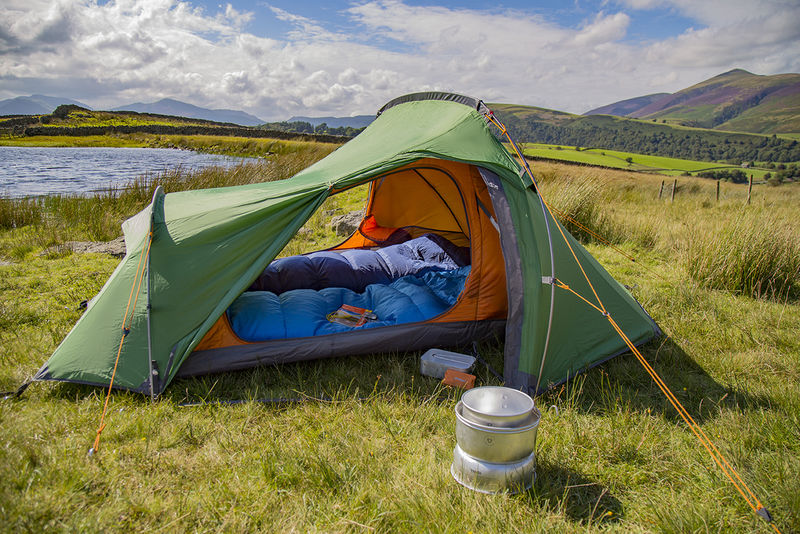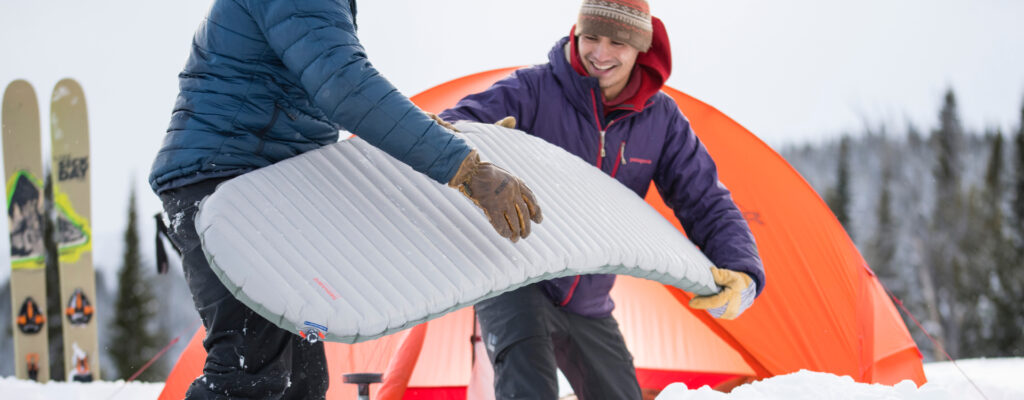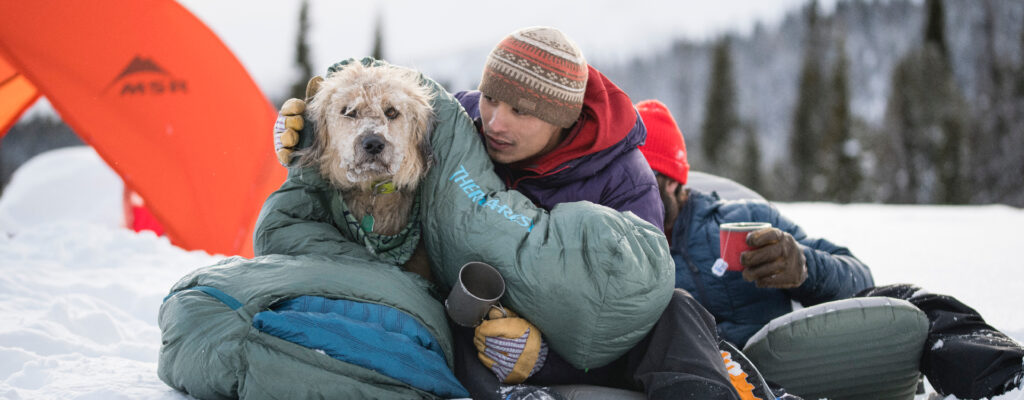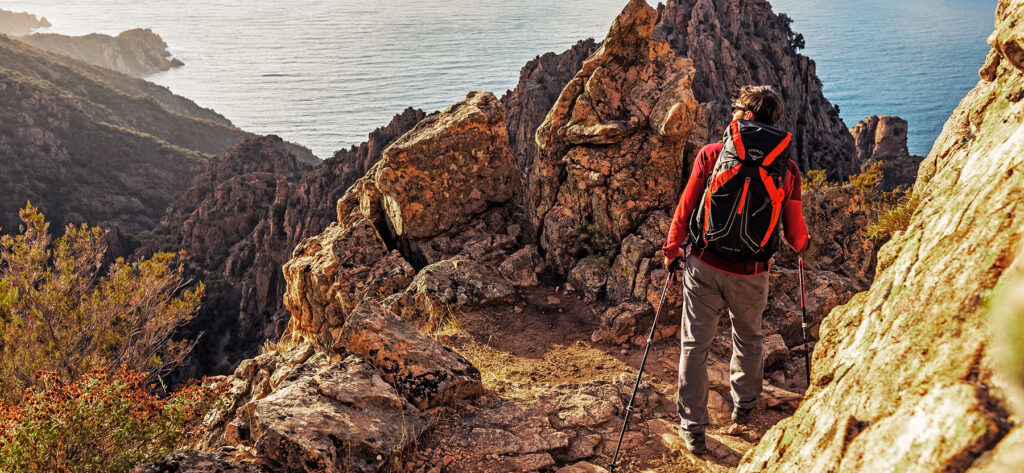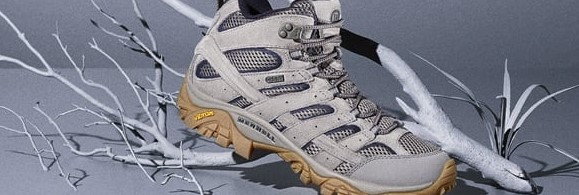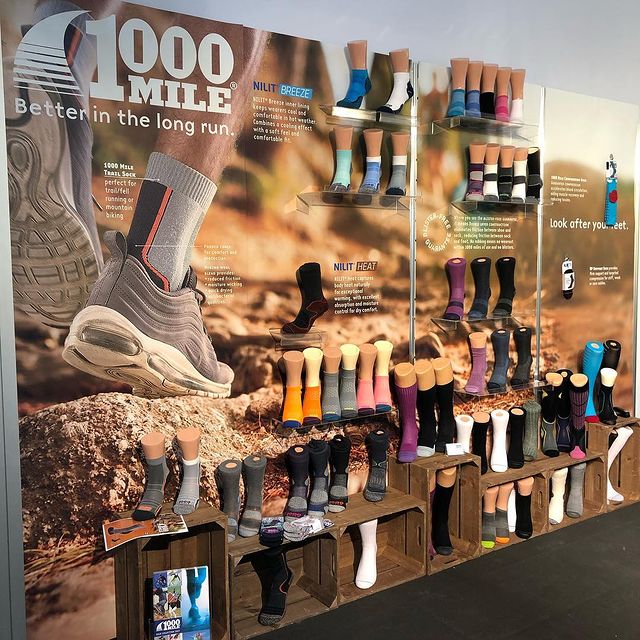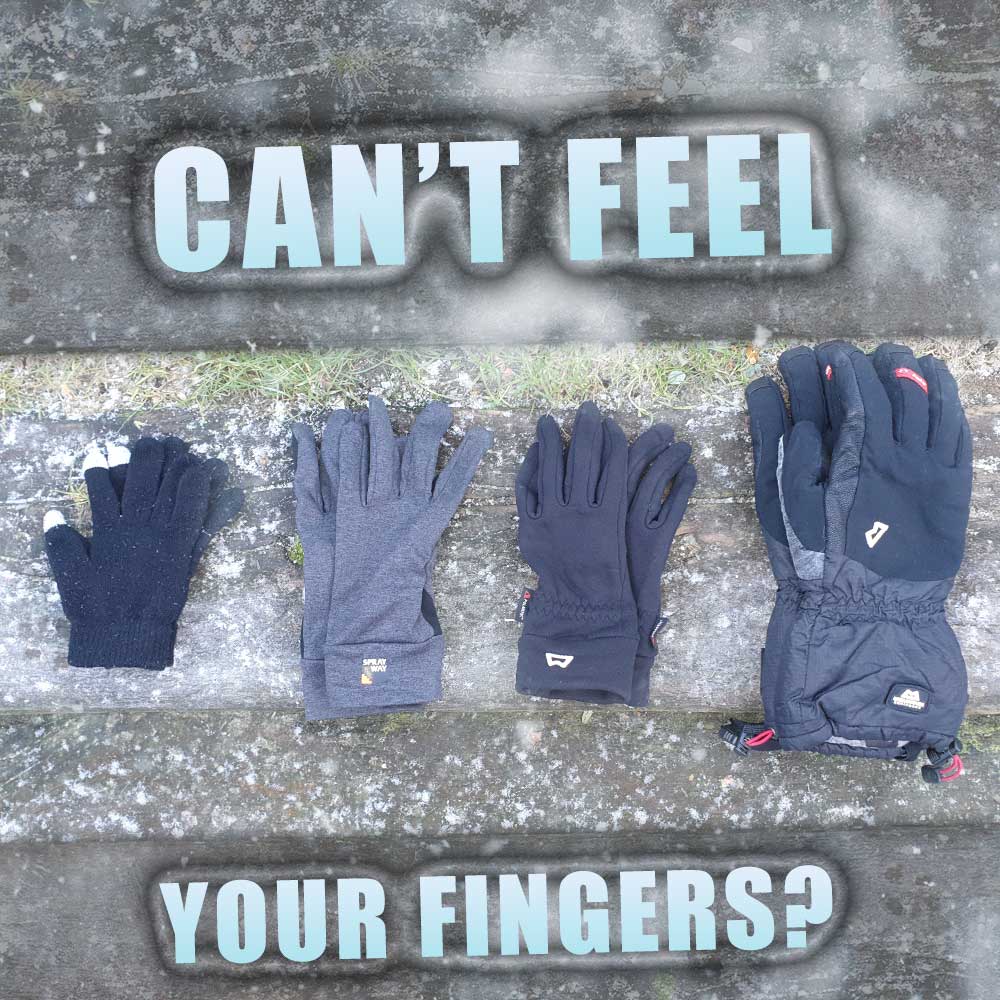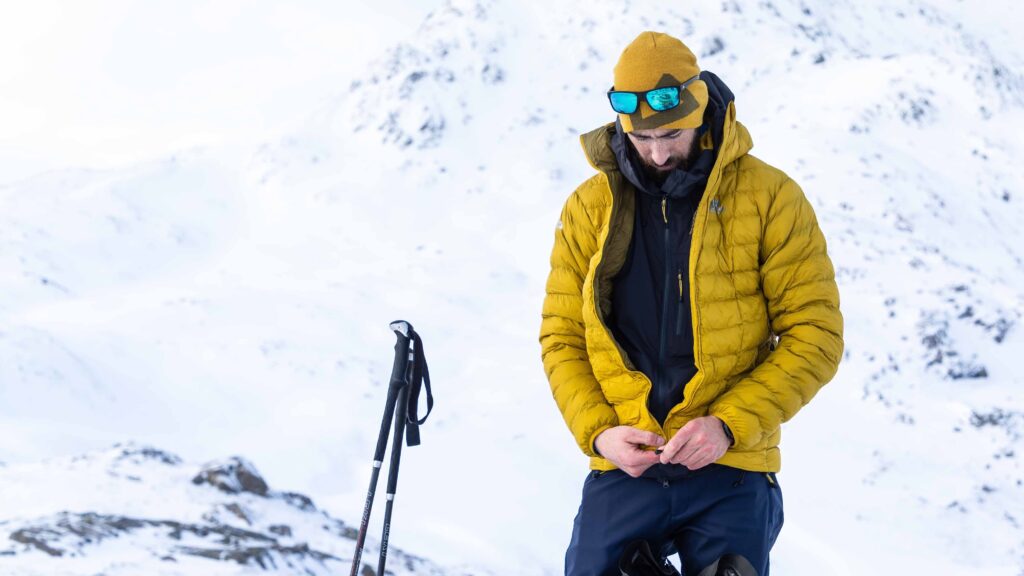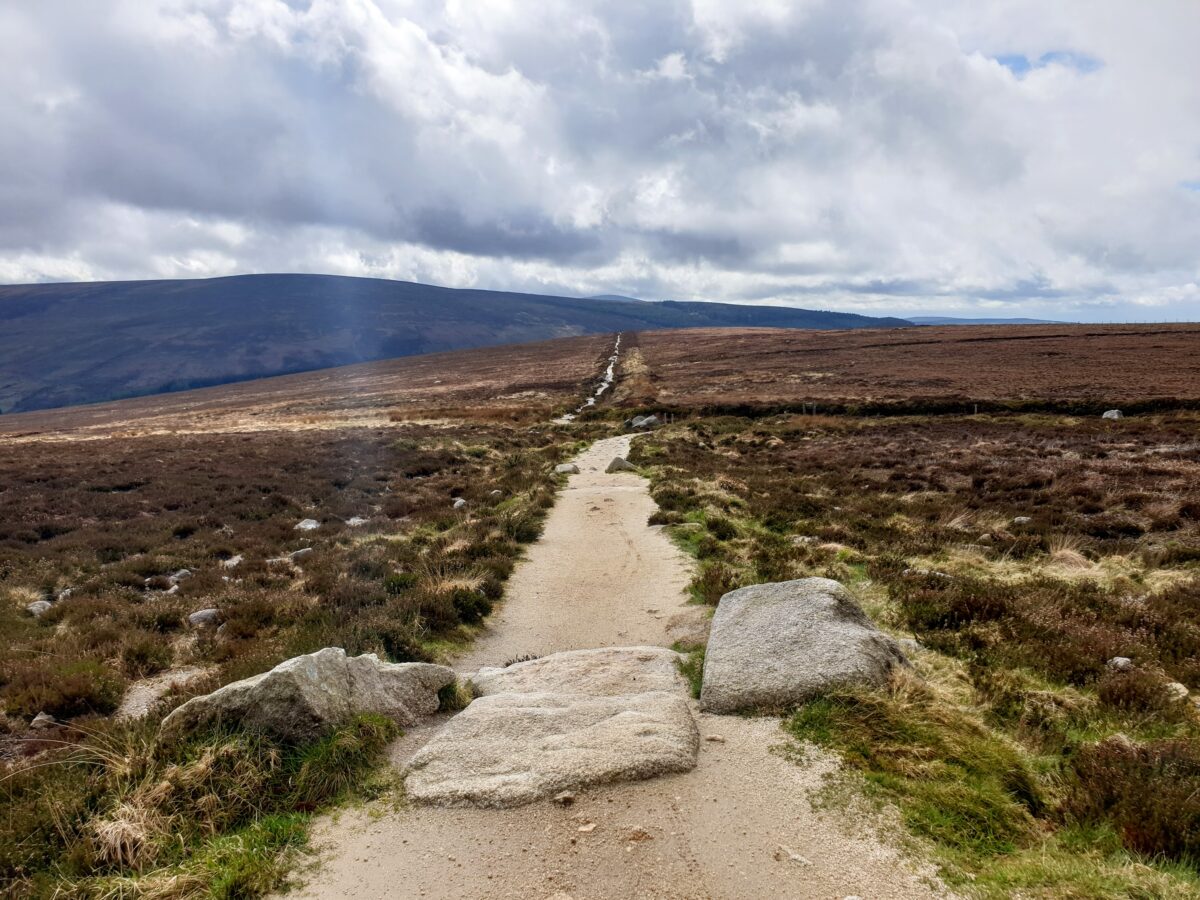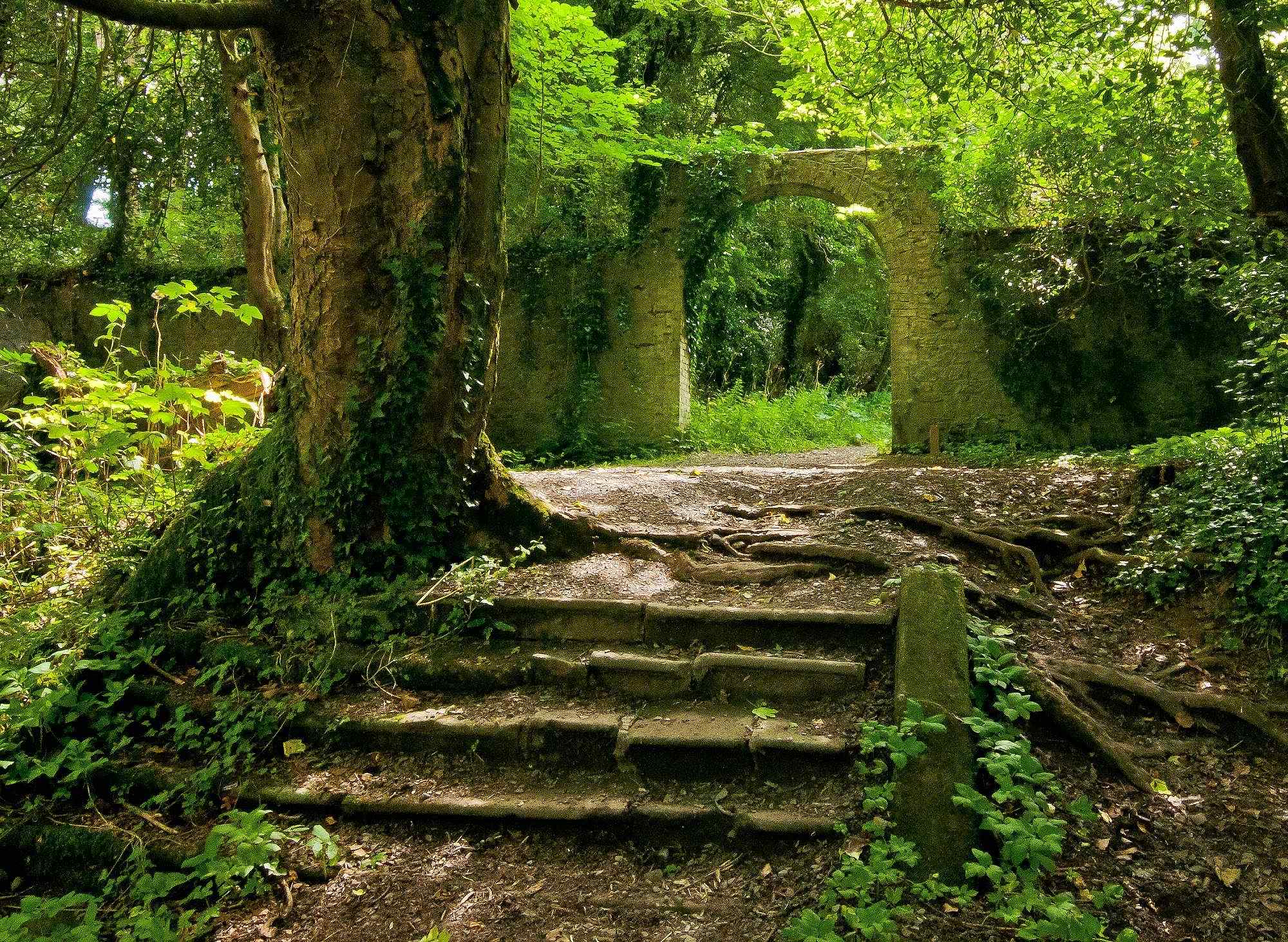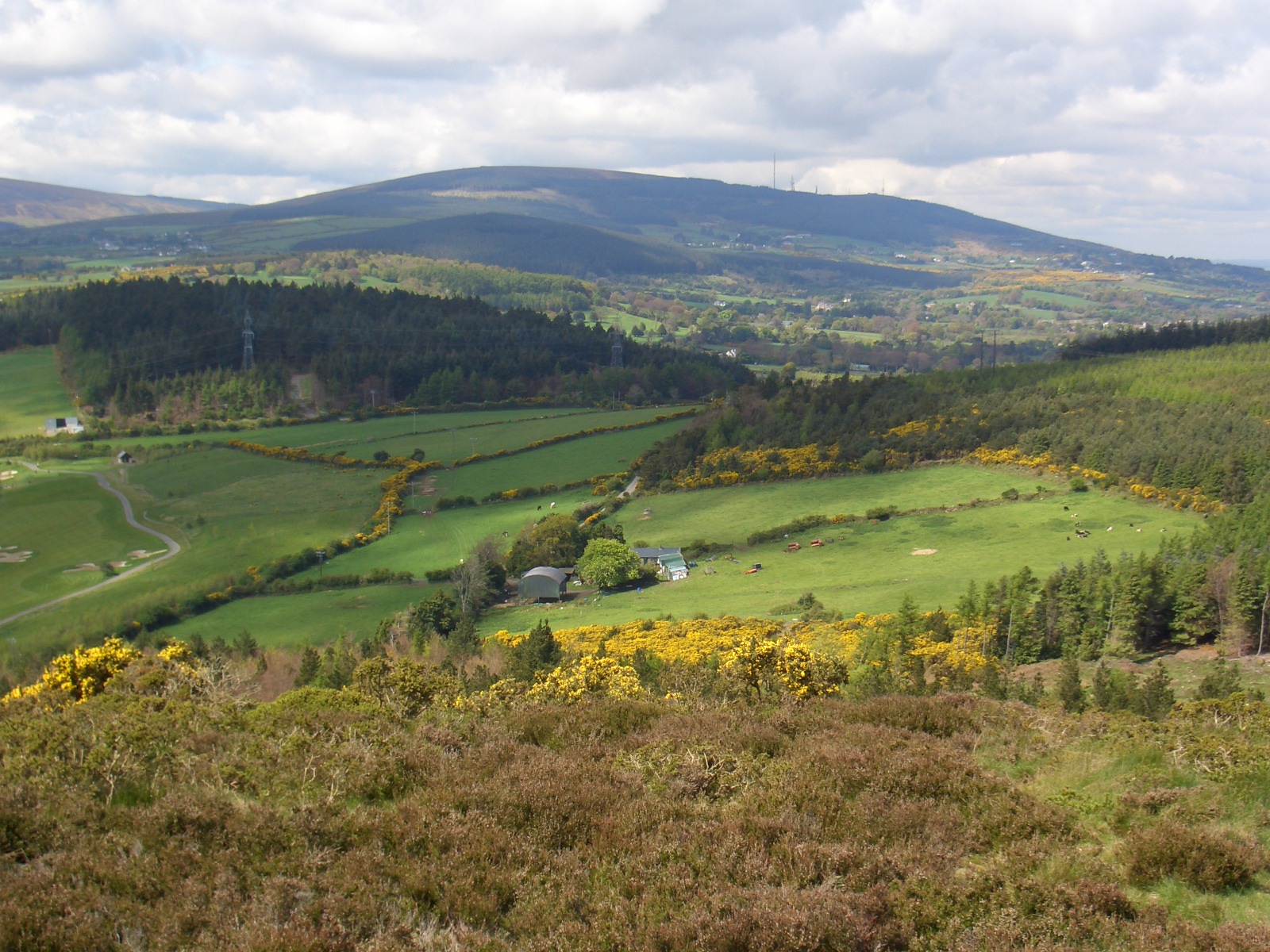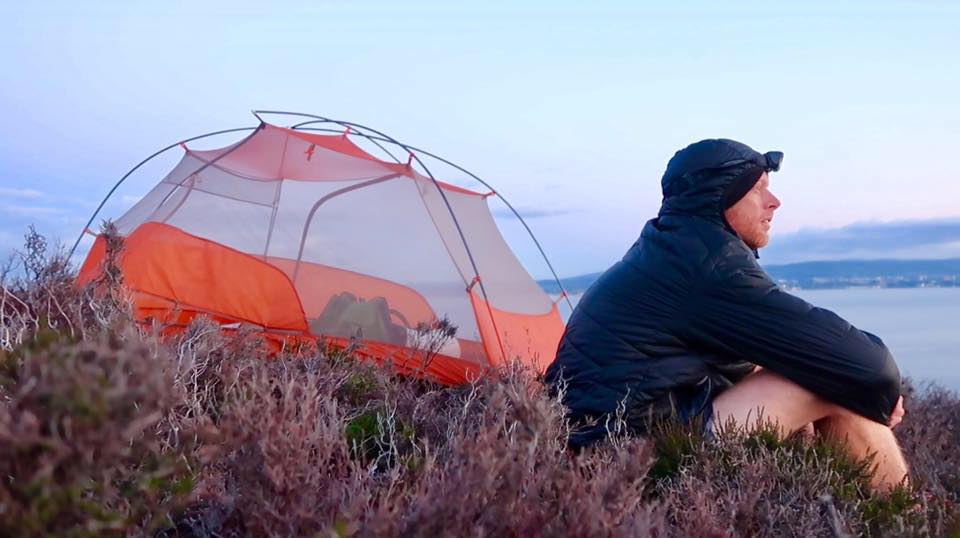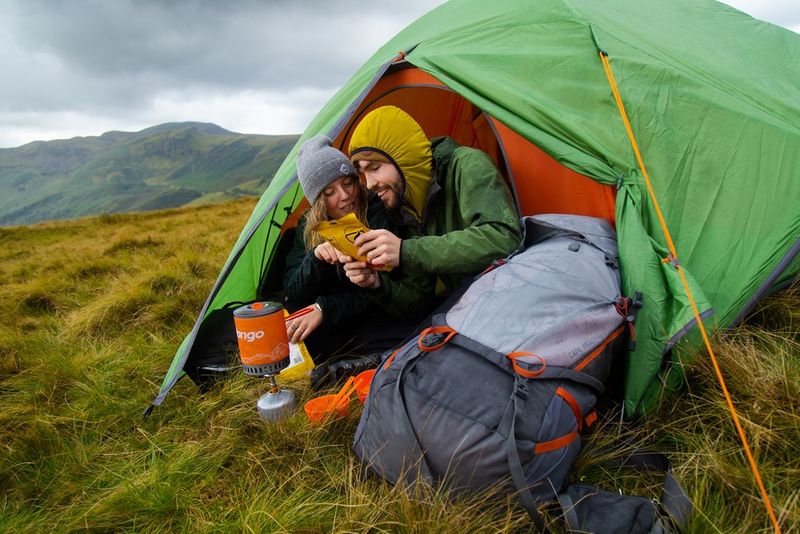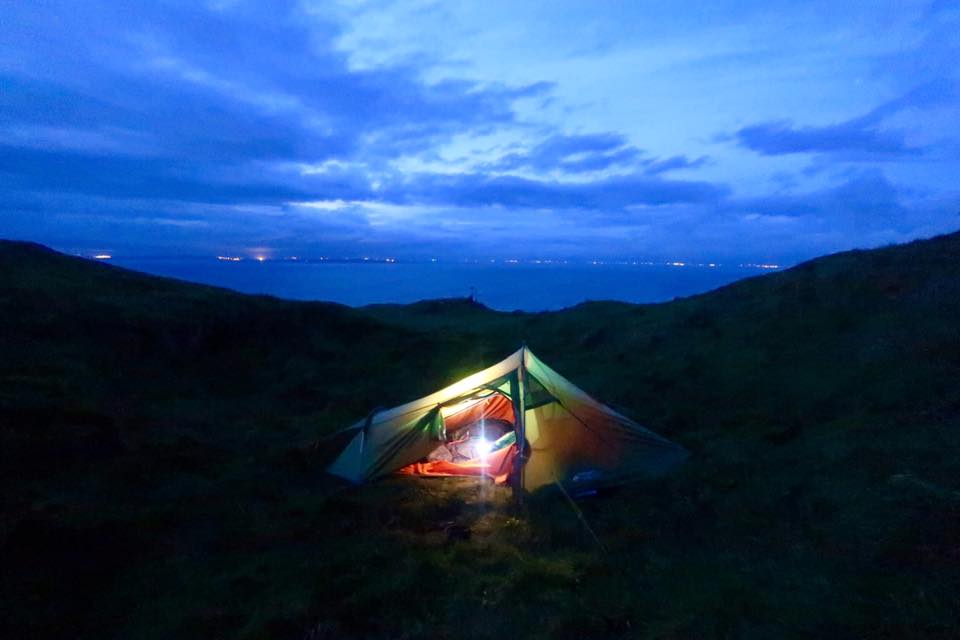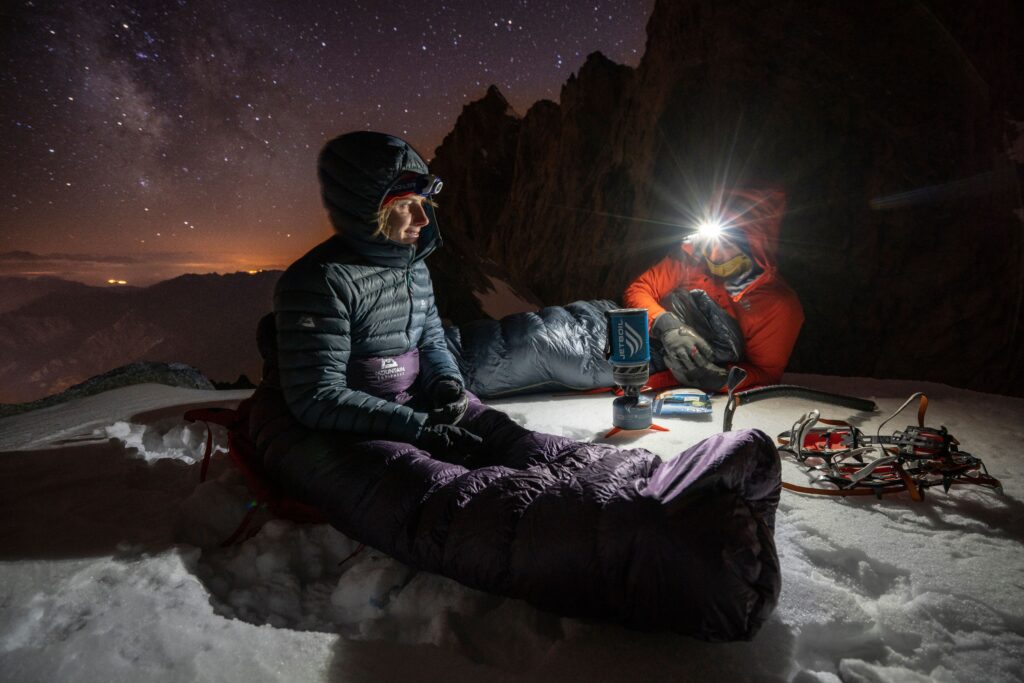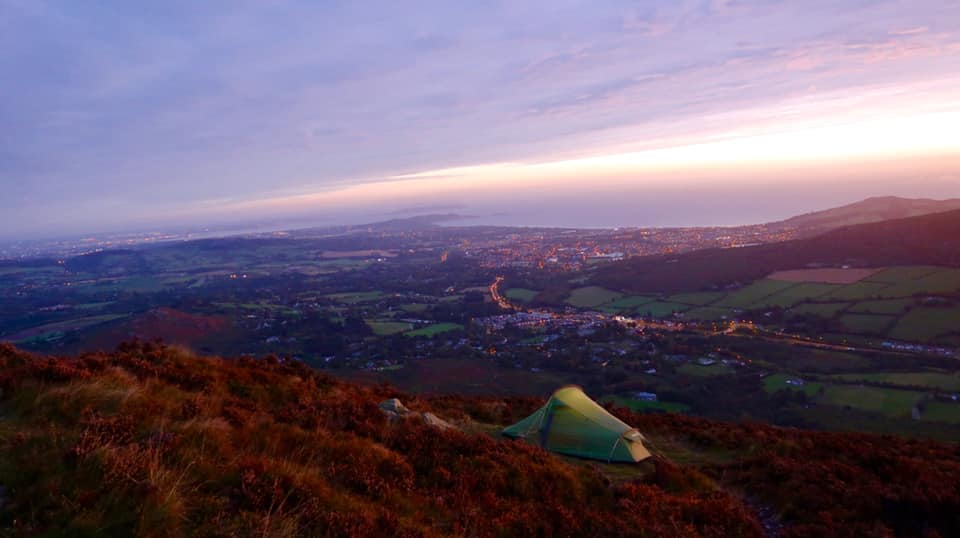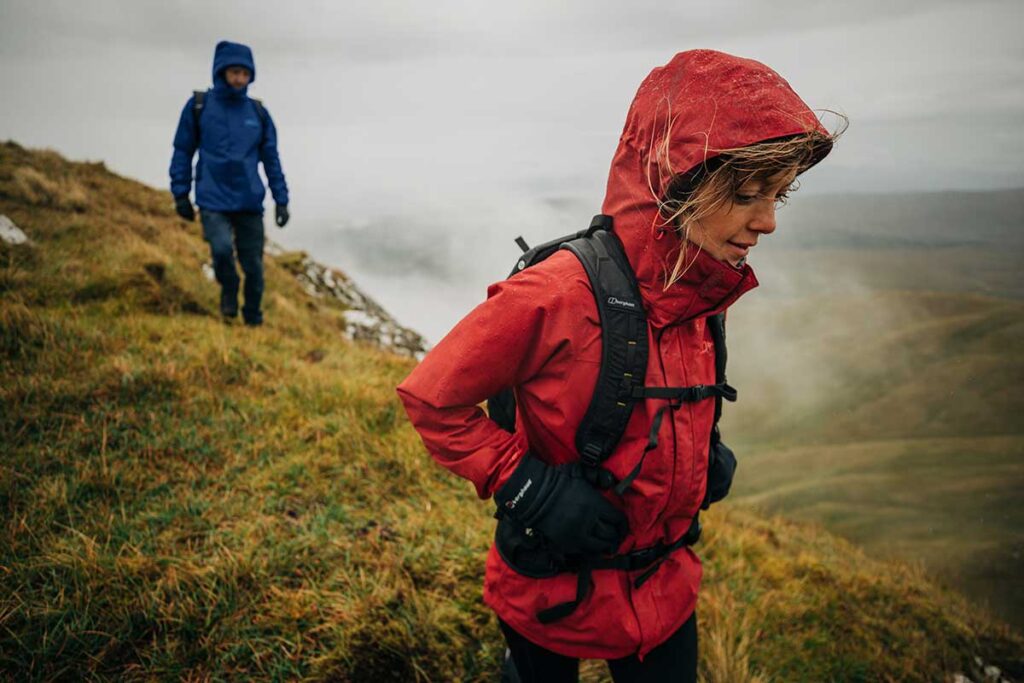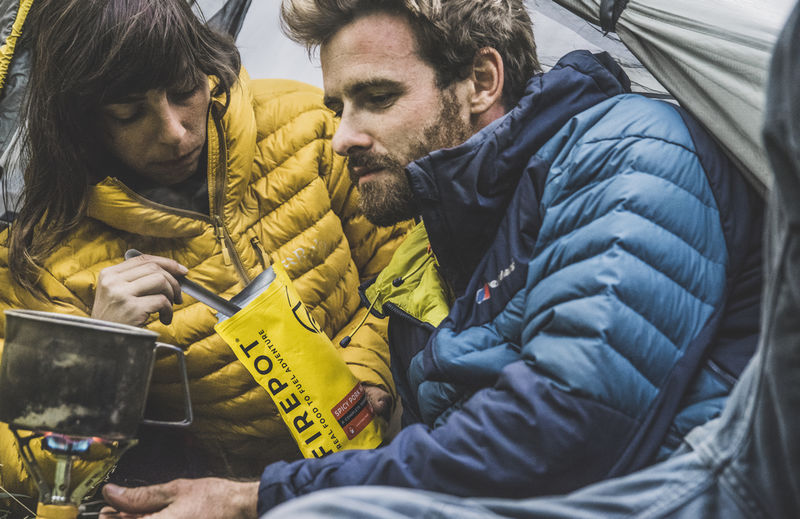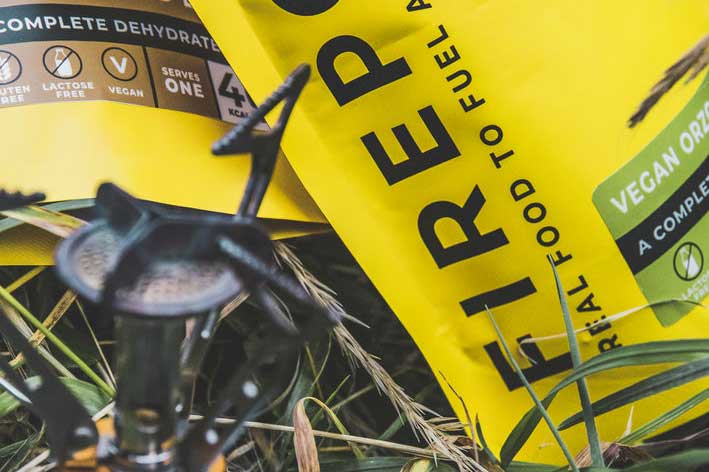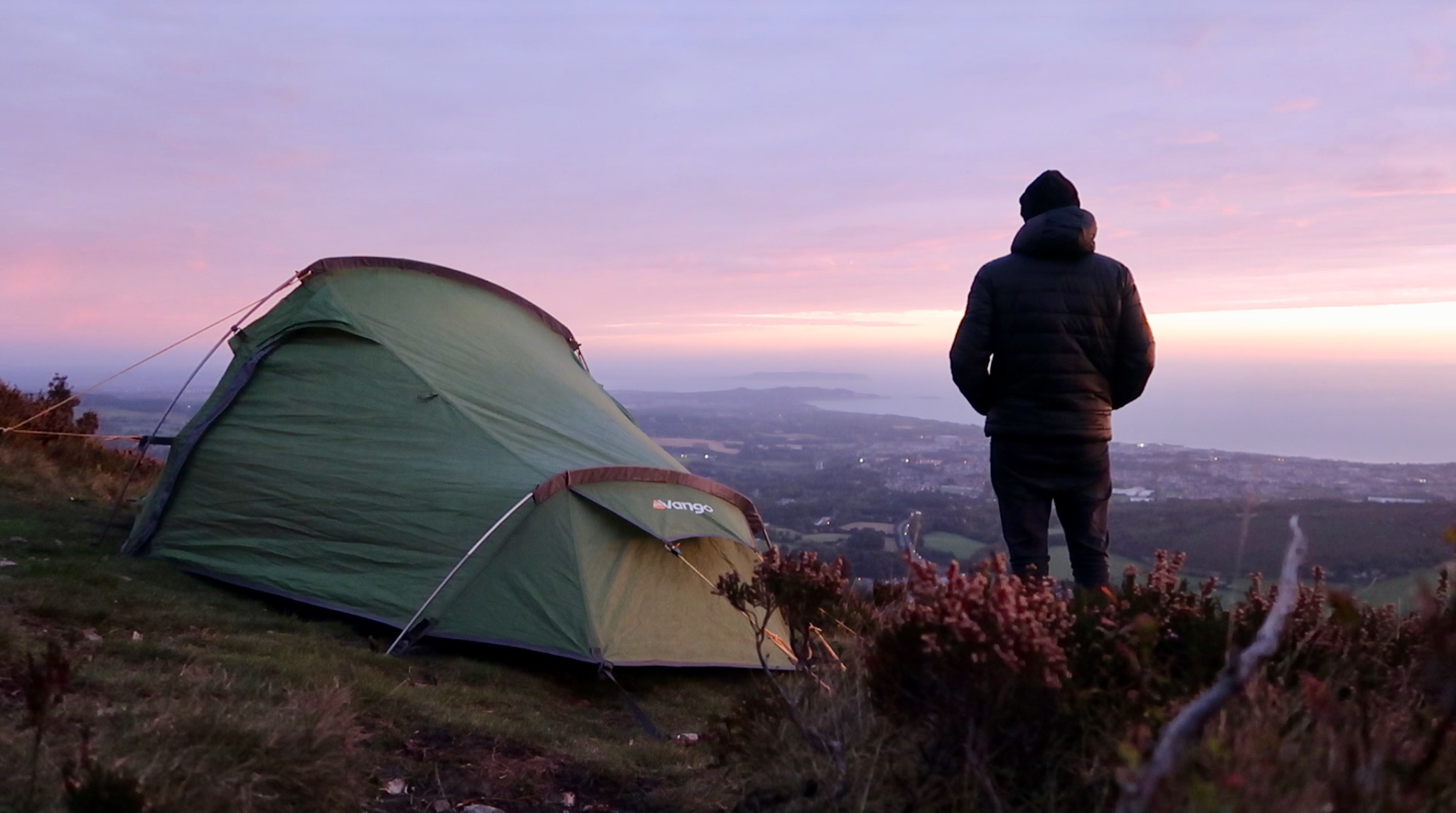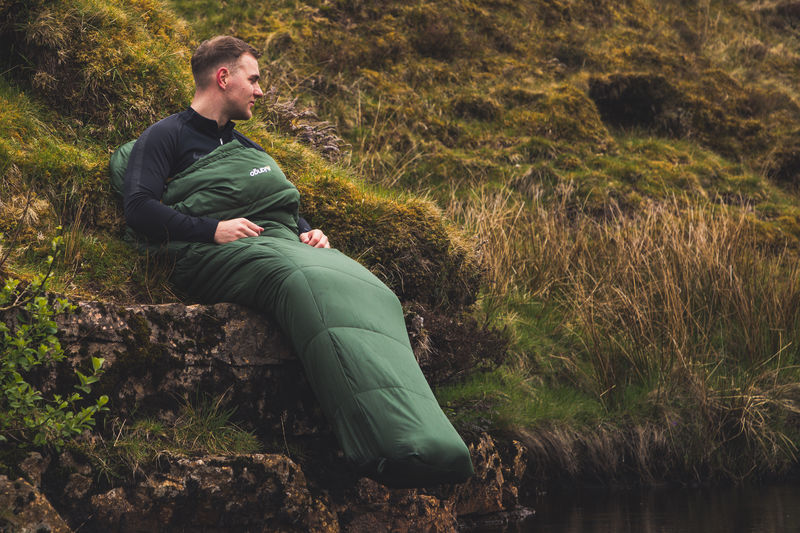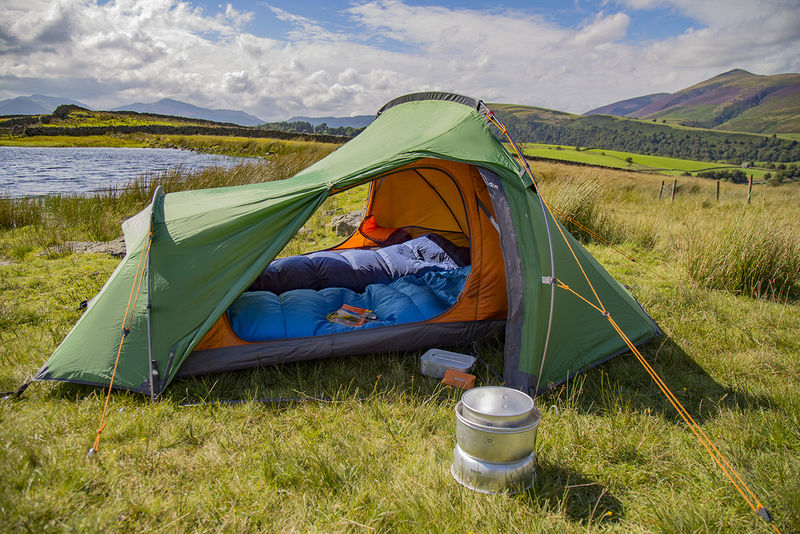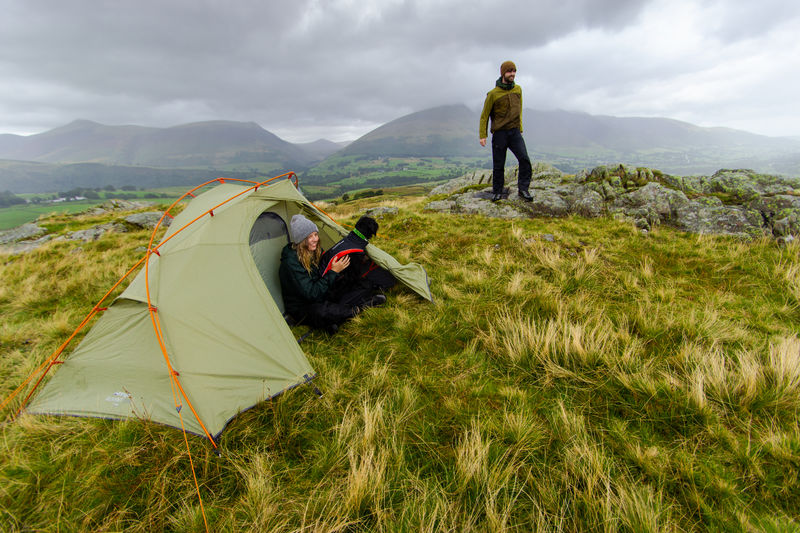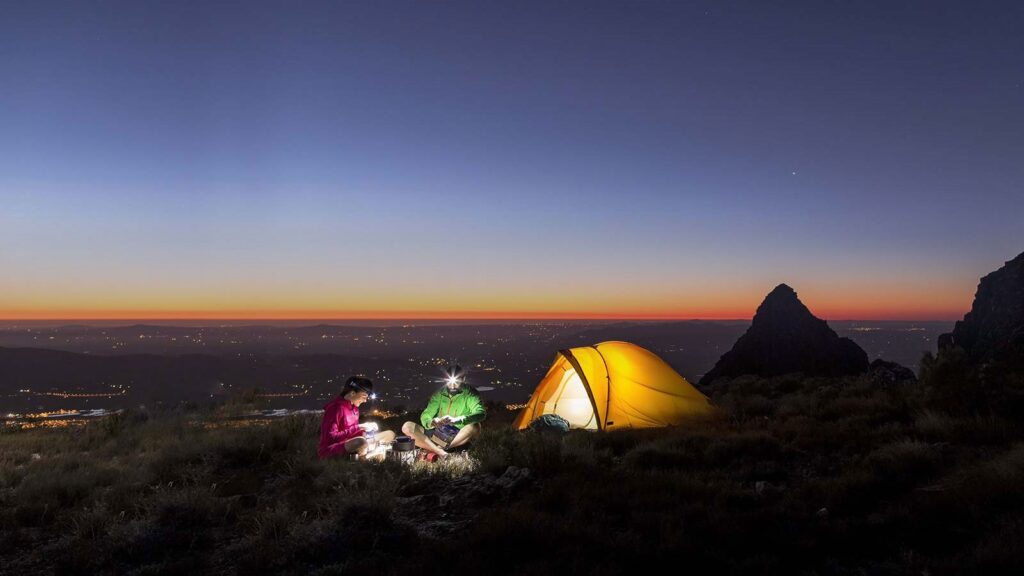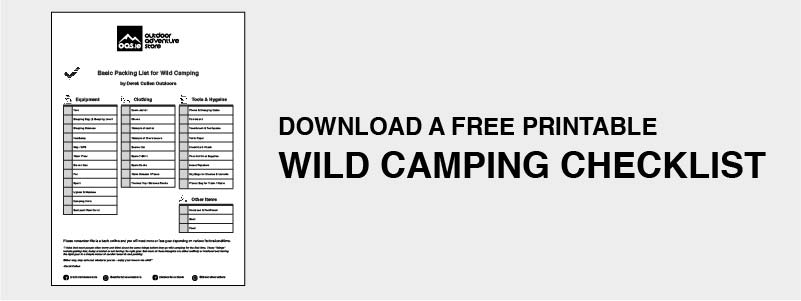I took my first steps as a backpacker on the Wicklow Way. It was quite the learning curve and rather painful but interesting enough that I wanted to take another hike.
But why was it painful and what did I learn?
I had all the wrong gear and did very little research before my first couple of trips. That’s why my shoulders were ruined and my backpack was the size of a small car!
It’s true, I didn’t really enjoy my first few trips. I spent most of these hikes lamenting the weight of my backpack. Also, I was dealing with far too much uncertainty. This was the result of failing to research and plan my trip properly. As for “what did I learn”? I’d like to share some tips with you in terms of planning a multi-day hike in Ireland.
Here’s a quick overview of the points I will discuss:
– Narrowing Down Your Choice of Trail
– What to Consider About Your Intended Route
– Planning for Your Safety and Emergency
– What to Consider about Food and Water on the Trail
– What Gear to Pack for a Multi-Day Hike
– A Final Word about Wild Camping on the Trail
How to Plan Your First Multi-Day Hike in Ireland
1. Narrowing Down Your Choice of Trail
It’s important to know and think about the key parameters of your trip. The following questions should help give you an idea of what I’m talking about:
How many days can you afford?
Do you want to stay off the beaten path and camp all the way?
Are you wanting to hike between towns and stay at a bed & breakfast each night?
What’s your comfort level when it comes to wilderness or hiking in remote areas?
As you can imagine, no two trails are the same in Ireland. Some are rather remote, while others consist of some rather big climbs. Take the Bangor Trail in Mayo, for example, this trail passes through a large wilderness area.
If you live in Dublin, the Wicklow Way is an obvious choice and a great one too. For those in Cork, I’d take a look at Sheeps Head Way for a camping-only trip. The Kerry Way is another beautiful trail with lots of accommodation in between.
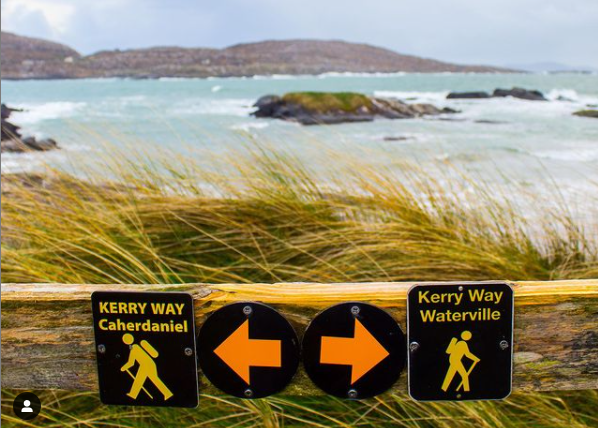
2. What to Consider About Your Intended Route
The Distance
You should know the precise distance between the starting point and endpoints of your hike. Ideally, you will also know the distance with which you are comfortable hiking every day and the amount of time/days you can afford to spend on the trail.
For instance, the Wicklow Way is 127km and many hikers take between five and seven days to complete this trail. This means you might need to hike 19km on average over seven days or 25km over five days, so good hiking boots are important. The length of each section is slightly different so you should never assume or only use averages as a guideline.
One of my great mistakes was to underestimate how much longer it takes to cover distances with a heavy backpack. Similarly, if you hike in the mountain or through boggy areas, you can expect to cover a lot less distance than a path-like trail. My general advice is to take as much time for your hike as possible. Otherwise, you might end up needing to rush in order to reach certain destinations or finish on time.
The Route
It’s worth taking a look at your maps every evening and knowing how many kilometres until the next camp/stop. But also take note of any water sources along the way and any significant climbs that lie ahead of you. While I try not to plan every last detail of my trips, it’s better to know this kind of information before setting out every morning. It saves you hours of guesswork and wasted time thinking about where you might stop or what time you’ll arrive.
3. Planning for Your Safety and Emergency
Tell Someone About Your Trip
Unfortunately, in the case of many fatal accidents and serious injuries, the hikers have failed to notify a friend or family member about their trip. It only takes a few seconds so make sure to drop someone a message. Ask them to check that you’ve “checked in” or returned safely from your hike.
First Aid Kit & Emergency Blanket
If you don’t want to buy a first aid kit, it’s easy to make one of your own. I also recommend packing an emergency/space blanket. Knowing that I have one of these in my backpack is something that brings me great peace of mind. You can use these blankets for extra insulation in very cold weather but also in times of emergency. I was grateful for my own emergency blanket one day when my sleeping bag slipped into a river. Without that blanket, I’m not sure what I would have done to keep warm that evening.
Paper Maps and Downloads for the Trail
There’s a number of apps that you can download to help with navigation on the trail. I recommend picking one but it’s also crucial to carry a paper map and compass. Just so you know, I recently wrote this post about how to use a map and compass.
Mark Down Exit Points on Your Map
Many of the waymarked trails in Ireland will take you to remote places in which you need to be careful. This means paying close attention to navigation, taking care with your footing, and keeping an eye on the weather. There’s always a possibility that you will need to get off the trail. This can happen due to injury, extreme weather or maybe even running out of food or water. Either way, it’s important to know at all times exactly where and when you can exit the trail.
Charging and Re-Charging Your Gear
I always make sure to charge my camera and phone in each town. However, you might not reach a town every day. Regardless, I believe the powerbank to be a necessity for hikers in case of emergency. My personal favourites are the 20,000amp powerbanks by either TP Link or Anker.
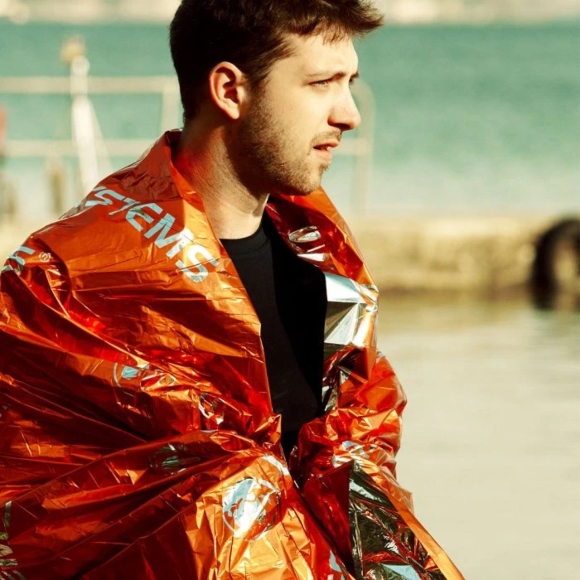
4. What to Consider about Food and Water on the Trail
Planning for Water on the Trail
Dehydration is a common cause of illness and exhaustion on the trail. I always urge others not to use their water “sparingly” – unless necessary. In other words, you should try to carry sufficient water so that you can drink whenever you want. It’s also a risk to assume that you will find a water source on any given day or rely upon rivers, lakes, etc which might not be suitable for drinking. With this in mind, try to fill up your water bottles in towns Then make sure that you carry a water filter for stocking up on the trail. I’ve had giardiasis twice over the years – once on the Pacific Crest Trail and once on my walk around Ireland. It’s a sure way to end your trip but easily avoided if you invest in a decent water filter.
About Food Preparations on the Trail
I used to take far too much food on my backpacking trips. Although, it’s better to have too much as opposed to not enough. Needless to say, you’ll need breakfast, lunch, and dinner for each day and snacks for in between. If you are new to multi-day hiking, you’ll discover that snacks are not a luxury but rather a necessity. After all, these snacks account for the fuel your body will need to keep hiking every day!
While many hikers focus on the easiest meals to cook such as instant noodles, my own school of thought is that you should bring whatever food you enjoy the most. Now, that’s not to say you should bring frozen chips and onion rings. I’m just saying there’s no reason to suck the enjoyment out of your trip by sticking to instant noodles only. Instead, I recommend you get creative. Think about things like porridge with fresh fruit, bagels with cheese or tortillas with chili in the evening.
Here are some foods which I find work really good for long-distance hiking:
Bagels
Porridge
Biscuits
M&M’s
Fruit slice/cake or similar
Peanut butter
Denny veggie sausages
Cliff bars
Knorr pasta sides
It’s also worth remembering that you might want to eat in town or grab a takeaway some evenings. I love nothing more than grabbing a takeaway and heading for the hills to set up camp with my bag of chips, battered onion rings and curry sauce!
5. What Gear to Pack for a Multi-Day Hike
You need to think carefully about what gear to carry on a multi-day hike in Ireland. Weather conditions change very quickly and you should always have both warm gear and rain gear at the ready and a good pair of hiking boots. I wrote this article recently in which I outline my own packing list.
Here’s a quick word on some of the most important items:
Backpack – Only consider a hiking-specific backpack. These backpacks are specially designed to carry heavy loads and offer a lot more comfort in terms of fit.
Tent – Strike a balance between size and weight. For a multi-day trip, I usually take my Vango Banshee Pro 200 because it’s reasonably light but also highly durable.
Jacket – Make sure to have a jacket with sufficient warmth and one that can withstand the harsh environment here in Ireland. A good rain jacket such as a Helly Hansen Jacket is ideal for wet conditions.
For more information on what to pack – click here.

6. About Wild Camping on the Trail
You won’t have to think about this one if you plan on staying at hotels or B&B’s every night. I wrote a post recently about wild camping in Ireland which should help if you are new to camping. I don’t wish to create any fear here (I love wild camping). However, if you lack camping experience or you’re not yet comfortable with the prospect of wild camping, you might not enjoy your first multi-day hike. For this reason, I just wanted to encourage you to learn more about camping before you get out there. Maybe experiment by taking a quick overnight camping trip somewhere familiar before you start a multi-day trail.
And here’s a few encouraging things to keep in mind about wild camping:
– Wild camping is generally safe if you do research and take the right precautions.
– There are no real dangerous animals in Ireland.
– Axe murderers do not live in the mountains or forested areas.
– The absence of other campers creates solitude and this is a wonderful thing!
– Wild camping is free and will help you save money.
- There’s nothing like falling asleep in the wild and waking up with nature.
Anyway, that’s all for now – See you on the trail!

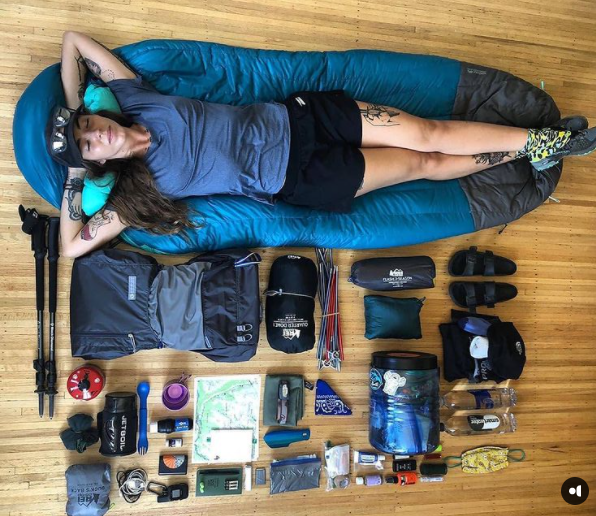



.jpg)







